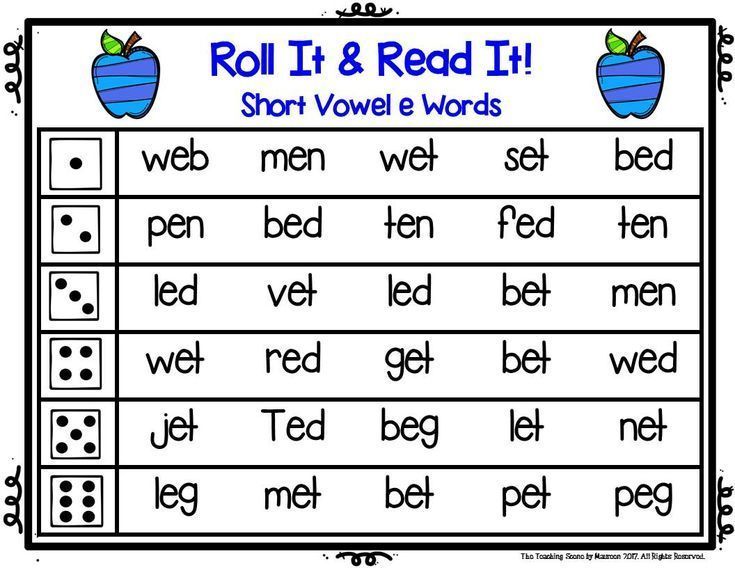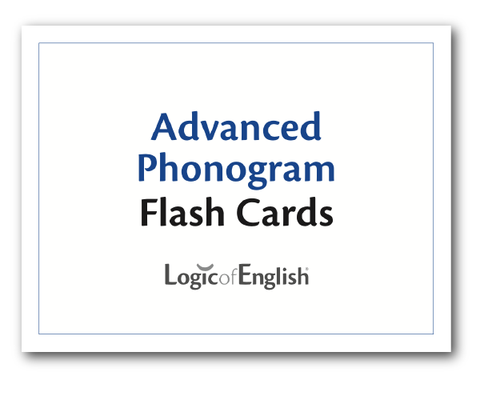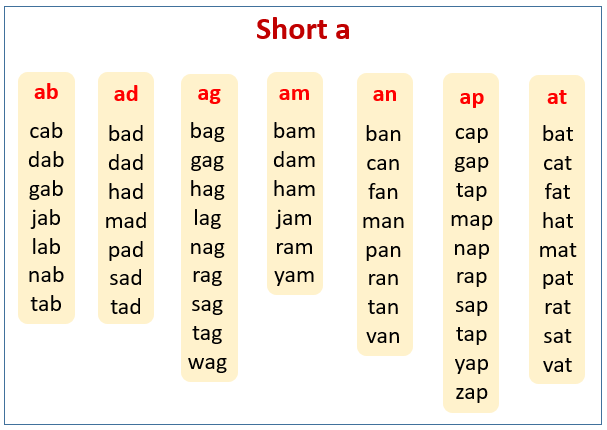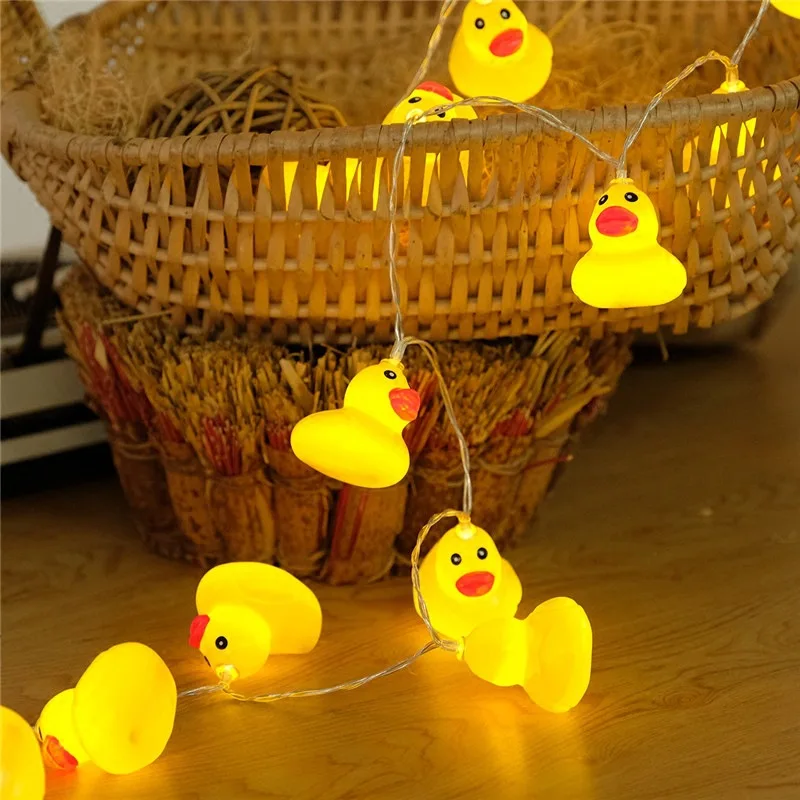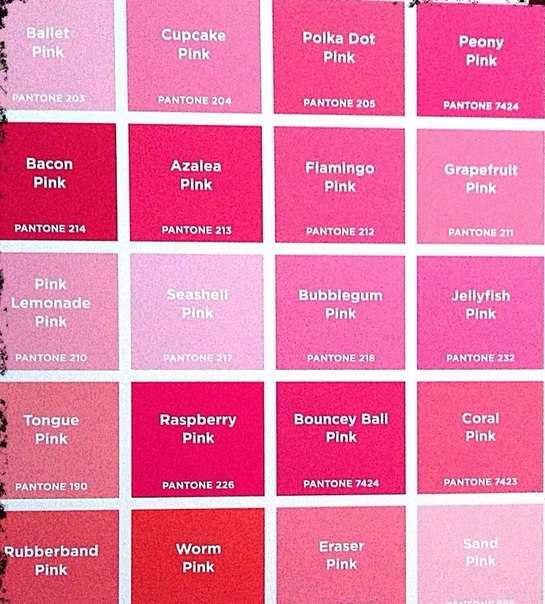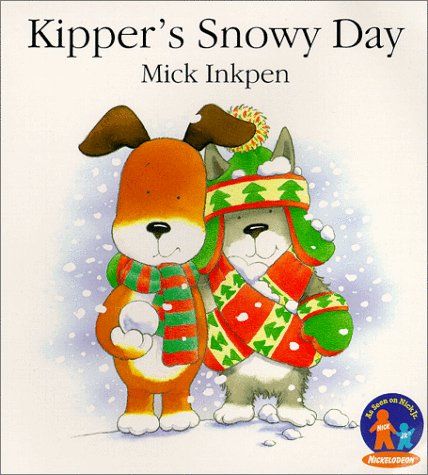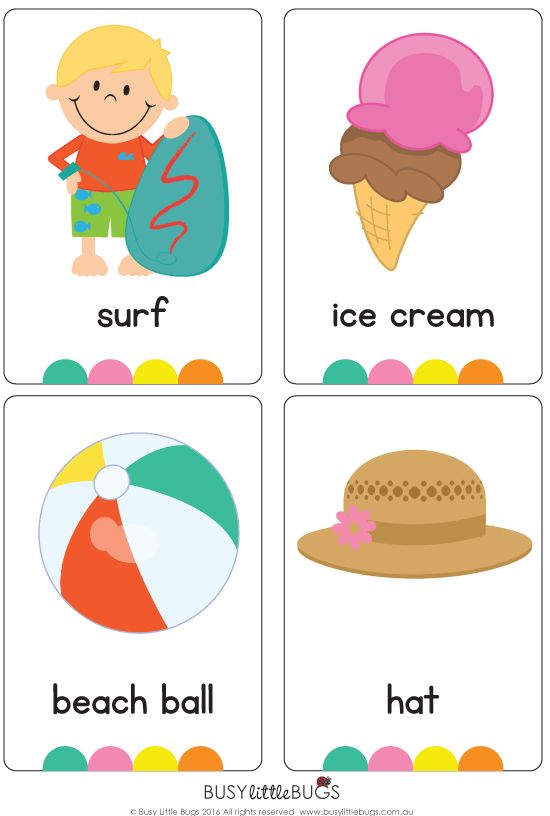Phonics letter o
How to Pronounce Letter ‘O’ Sound | Language Lesson
This pronunciation lesson is designed for 3-6-year-old children to help them pronounce the letter ‘o’ using its phonic sound.
Learning phonic sounds is important for children as this helps them read faster and more fluently. This is the first step in learning spelling and vocabulary.
In our previous video lesson, we learned about phonics, the importance of learning phonics, and the phonic sound of the letter ‘n’. This video lesson is the 15th in a row of learning the sound of letters.
Why is it important to learn through phonics?
Children at an early age examine the sounds that every letter makes, and how the sound changes when letters are joined together to form words. The pronunciations or sound changes when combined with other consonants or vowels.
Pronouncing letters correctly is the foundation for breaking down the words and then decoding them to read in a better way with understanding, which is also fruitful for extending vocabulary knowledge. Learning how to pronounce also helps them become proficient in reading and writing, as understanding the sounds makes them choose the correct phonograms for spelling.
How to pronounce the letter o?
The vowels in each word are pronounced uniquely, resulting in distinct sounds. Similarly, the vowel ‘O’ also produces different sounds. It is important to know how to pronounce the letter ‘o’ when used with different letters.
The 3 sounds of the letter ‘o’
To produce the short vowel sound of ‘o’, the jaw drops while the tongue is low and flat as in stop. The vocal tract opens to pronounce the short /o/. Short /o/ has a longer duration as compared to the rest of the vowels.
The words with the short /o/ pronunciation are – job, shop, stop, box, top, cot, etc.
When pronouncing the words above, you might have noticed that we don’t need to stress the vowel ‘o’.
To make the /uh/ sound: the corners of the lips come in a little so the lips flare away from the face. The back of the tongue lifts towards the back of the roof of the mouth. The front of the tongue remains down, but it might be pulled slightly back, so it’s not quite touching the back of the bottom front teeth.
The back of the tongue lifts towards the back of the roof of the mouth. The front of the tongue remains down, but it might be pulled slightly back, so it’s not quite touching the back of the bottom front teeth.
This /uh/ sound of the letter o is used in words like love, Monday, torn, etc.
In these examples here, we have to stress on o for a little longer to produce the sound of ‘o’, that is why they are called Long ‘o’ vowel words.
To make this sound: make a round shape of your lips. The voice for this sound comes from the back of the throat.
A few examples of the same are tomato, potato, total, go, foot, goat, etc.
Because we have to stress long for the vowel ‘o’, that is why they are called Long ‘o’ vowel words.
How to introduce the pronunciation of the ‘o’ to the child?
- Invite the child to the table and tell them, today we are going to learn the sound of the letter ‘o’ produces.
- Show the child what the letter ‘o’ looks like and the sound of the letter ‘o’.
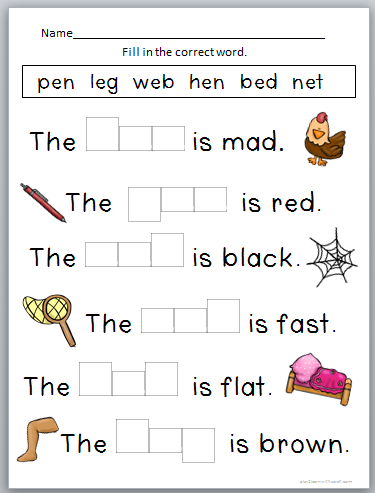
- Say it several times by producing the /uh/, /ɑ/, or /o/ sound.
- Ask the child to repeat the sound after you.
- Show the child a picture or miniature of words starting with ‘o’, such as orange.
- Repeat the sound of the letter o every time while showing the image of the orange.
- Now show another picture and again produce the letter ‘o’ sound.
- Ask the child to pronounce the letter ‘o.’
Other activities to introduce the ‘o’ sound to the child
- Clay dough is an easy and fun idea to let the child understand the shape and sound of the letter o- Let the child make a trail of clay dough while rolling it and then forming an oval of the same and pronouncing the short sound of the letter o.
- Playing a game of tic-tac-toe would be mind-boggling and creative. Give the child the opportunity to make a circle, whereas the educator may make a cross.
 And as the child makes a circle, let him make a loud but short sound of the alphabet o. The child may also say some words involving the letter o.
And as the child makes a circle, let him make a loud but short sound of the alphabet o. The child may also say some words involving the letter o. - Peeling an orange would keep the toddler busy along with making a quick sound of the letter ‘o’
- Some drawing and craft activities can be introduced to focus on various sounds of the alphabet o such as coloring an owl, or collage of an octopus, etc.
This video allows the child to explore the short vowel sound of the English letter ‘O’ and learn words starting with it, such as octopus, oven, and orange.
Watch the video to learn how to introduce the sound of the letter ‘h’ using words and repeat it many times so that the child can hear and pronounce the words accurately.
Related pronunciation videos:
- Pronunciation of the letter ‘j’
- Pronunciation of the letter ‘g’
- Pronunciation of the letter ‘e’
- Pronunciation of the letter ‘p’
For more pronunciation and English language resources, click here.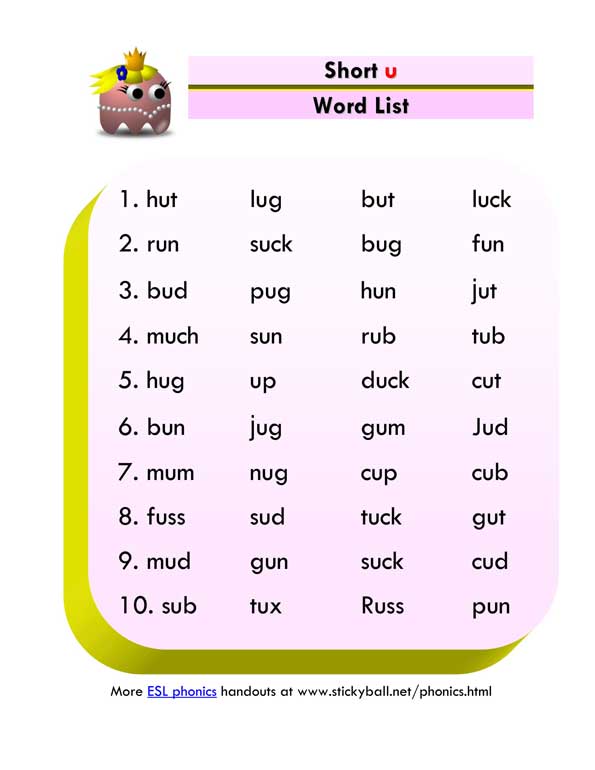
Video created by: Strykun Olena
Letter O Worksheets and Activities Pack
Written by Stacey J
• 1 Comment
This post may contain affiliate links. As an Amazon Associate, I earn from qualifying purchases. Read my disclosure policy here.
This free Letter O worksheets and activities printables includes themed letter O worksheets, clip cards and more activities suitable for young children ages 3-7. They also focus on the letter o sounds and letter o words. If you haven’t joined us for our letter of the week curriculum, feel free to jump on in at any time!
You can find all of our Free alphabet ABC Printable Packs here. Don’t forget to add our printable alphabet letter crafts too!
Letter O WorksheetsAll of these fun and exciting printable activities revolve around both the uppercase and lowercase letter O. The nine focus words for this pack include words that begin with the letter O.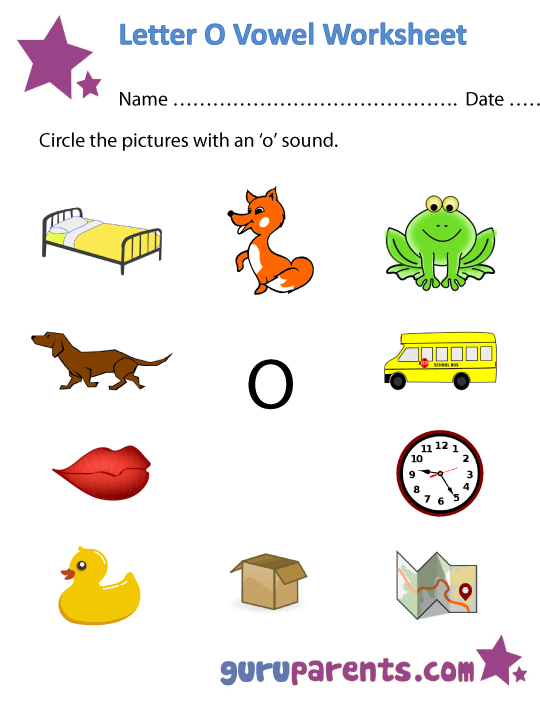 ; ostrich, oatmeal, octopus, open, ox, ocean, office, omelette and open.
; ostrich, oatmeal, octopus, open, ox, ocean, office, omelette and open.
Materials Required:
Please note that affiliate links are used in this post.
You can find items that pair well with these activities here: You will use each of these items over and over during all my printable preschool activity packs.
- Scissors
- Colored Pencils, Crayons or Markers
This Letter O worksheets pack contains over 90 pages and includes the following activities:
- A variety of puzzles that include numbers, word building, spelling as well as easier two piece matching.
- Montessori letter O 3 Part Cards
- Letter O tracing worksheets
- Follow the Letters
- Sort the Letters
- I can Write Pages
- Story / Creative Writing Pages
- Cut and Paste the Missing Numbers
- Count and Clip Cards
- Simple Addition Pages
- I Spy
- Simple Subtraction Pages
- Letter O Handwriting Practice + Tracing Page
- Shade and Cut Pages
- Mazes
- Color matching cards
- Shade the Picture pages
- Playdough letter O activity
- Uppercase letter O and lowercase letter O Playdough Mats
- Alphabet letter O themed Do-A-Dot pages
- Color the letter O Activity
- Beginning letter O sound coloring pages
- Cutting Practice page
- See and Stamp letter O pages
- Fingerprint letter O painting activity
- Push pin letter O fine motor activity
Check out the hands on letter a activities post to see how to use these activities.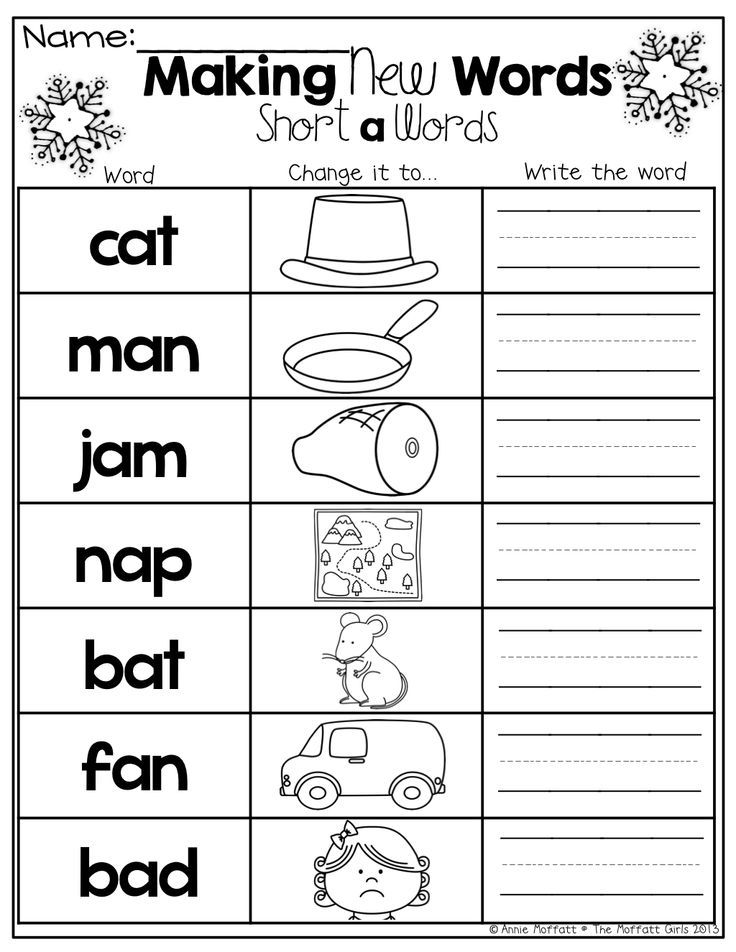
To see how I use the fingerprint, push pin and play dough activity check out this post.
Letter O Worksheets and Activities Packhttp://bit.ly/2fBG4Sa Click to Tweet
If you are looking for a great reading program, I highly recommend the All About Reading program. The All About Spelling program is wonderful too.
DOWNLOAD THIS FREE ACTIVITY PACK HERE
2/7/23 Update – Please note that the free letter sampler is currently being worked on and is temporarily not available on the site. We are currently working on it behind the scenes. You can, however, get immediate access to the whole activity pack including letters A-Z below.
GET THE WHOLE LETTER A-Z ACTIVITY PACK HERE
You can find the letter A-Z activity pack here in the shop. The packs include a color copy as well as some black and white copies of the activities.
Shop TPT
Printable Letter O Crafts
- Letter o is for ostrich craft
- Letter o is for octopus craft
Get the letter o crafts from the – Printable Alphabet Letter Crafts Bundle.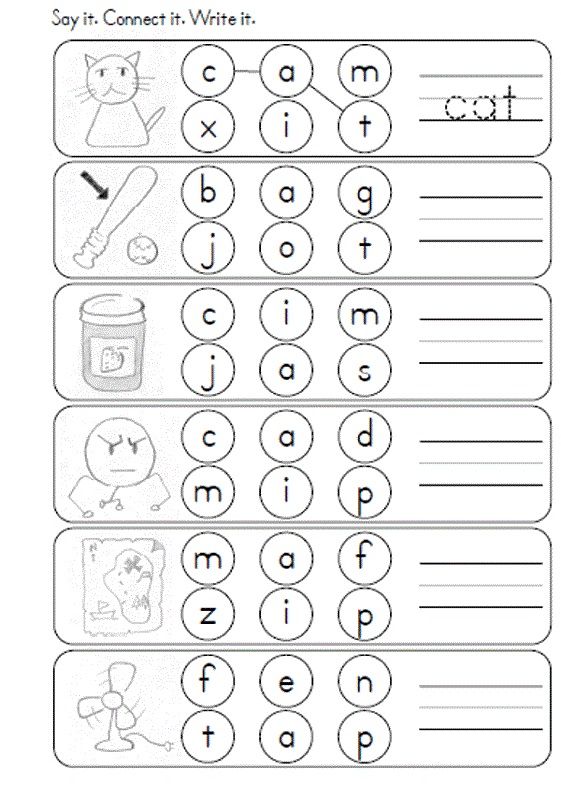
GET THE PRINTABLE A-Z ALPHABET LETTER CRAFTS HERE
These alphabet crafts are a fun and creative way to explore uppercase and lowercase letters A-Z. They are perfect for preschool and kindergarten students. Each letter craft is presented on one page and both color and black and white versions are provided. Each craft also includes an optional tracing page to glue your craft onto and a student instruction page.
Shop TPT
Letter O Sesame Street
Letter O Songs ABC Mouse
Check out this song from ABC Mouse. If you like the video and want to do more activities then you can get a free trial at ABC Mouse here. We love it!
Filed Under: Alphabet Printables, Alphabets, Free Printable, Kindergarten Packets, Letter of the Week, Printable Preschool Packs, Printables, Shop Printables
About Stacey J
50+ Fun Apple Crafts and Activities For Preschoolers
Dolch Primer Sight Words Worksheets
You May Also Enjoy These Posts:
Phonetic analysis of words from A to Z!
In this article we will learn how to do phonetic analysis of words . We will learn all existing letters and sounds, we will study the basic rules of phonetic or sound-letter parsing of words .
We will learn all existing letters and sounds, we will study the basic rules of phonetic or sound-letter parsing of words .
To begin with, it is recommended to watch a video on the topic PHONETICS, it highlights the basic rules and forms an idea of the phonetic analysis of words.
Introductory video about phonetic analysis
There are 10 vowels in the alphabet. These are letters: A, O, U, S, E, I, I, Yo, Yu, E.
But oddly enough there are fewer vowels.
Only 6 vowels: [A], [O], [U], [S], [E] and [I].
Why is that? This is because the vowels I, Yo, Yu, and E do not produce separate vowels.
When I, Yo, Yu, and E come after consonants, they most often give the sounds [A], [O], [U] and [E].
When I, Yo, Yu, and E go at the beginning of words, after vowels, a soft or hard sign, they usually give combinations of sounds that are written as [Y '] [A], [Y '] [ O], [Y'][Y] and [Y'][E], respectively.
There are 2 more interesting letters in the alphabet: b and b. Soft and hard signs do not give independent sounds, but why are they needed then, and where are 36 more sounds ...
There are still 21 consonants left in the alphabet:
K, L, M, N, P, R, S, T, F, X, C, H, W, W.
Here they are, combined with vowels and a soft sign, and give the remaining 36 sounds - this is [ b], [b '], [c], [c '], [g], [g '], [e], [e '], [g], [h], [h '], [th '], [k], [k'], [l], [l'], [m], [m'], [n], [n'], [n], [n'], [r ], [p'], [s], [s'], [t], [t'], [f], [f'], [x], [x'], [c], [h' ], [w], [w'].
That is, for example, the letter B in words can give a solid sound, it is written as [b]. For example, in the word "barrel".
B can also give a soft sound, which is written almost the same, but with a small quote (apostrophe) - [b ']. For example, a soft sound [b '] in the words: coast, obliged, individual.
The soft sign, by the way, in the last word together with the letter B gave the necessary soft sound.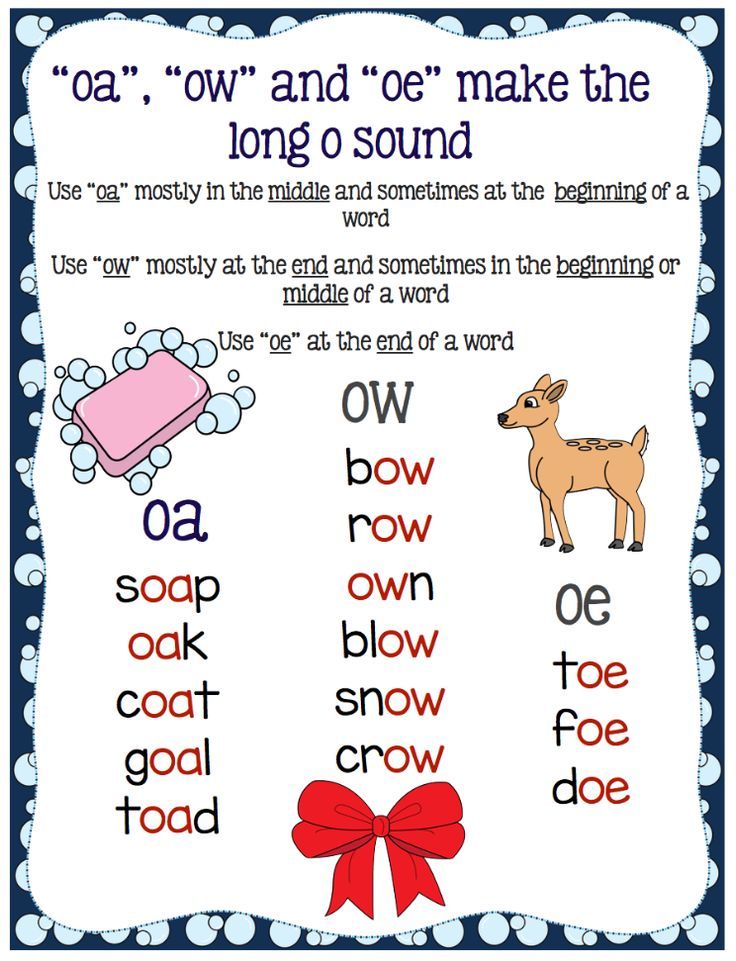 This is exactly what it is used for. A solid sign, in turn, is used to separate sounds in a word, for example, in the words entrance, ate, disconnect.
This is exactly what it is used for. A solid sign, in turn, is used to separate sounds in a word, for example, in the words entrance, ate, disconnect.
Phonetic parsing rules.
All letters and sounds sorted out. Let's go directly to the rules of phonetic parsing.
As we understood, by definition, sounds can be vowels and consonants.
Phonetic analysis of vowels
Depending on the stress in a word, vowels can be stressed and unstressed .
As you already understood, the sounds [i], [ё], [yu], [e] do NOT exist.
The letters I, Yo, Yu, and E after consonants give the sounds [A], [O], [U] and [E], respectively.
When I, Yo, Yu, and E after vowels, a soft, hard sign or at the beginning of a word, they give the sounds [Y '] [A], [Y '] [O], [Y '] [Y] and [ Y'][E].
For I and E there is an exception , when they are unstressed, then they give the sound [I] after all consonants, except Zh, Sh and Ts.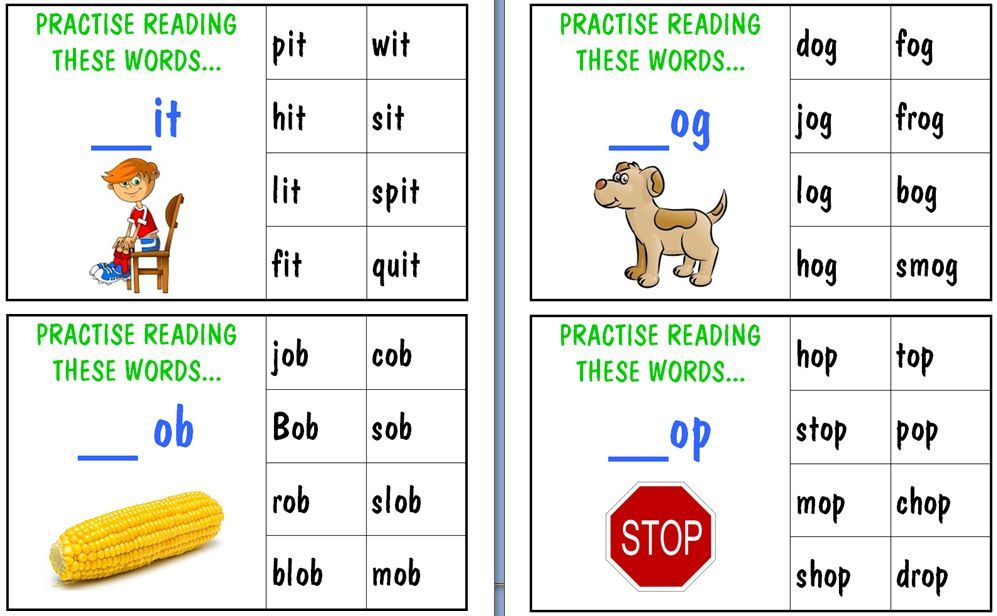 For example, mountain ash [r'ib'ina], steppe [st❜ipnoy❜] .
For example, mountain ash [r'ib'ina], steppe [st❜ipnoy❜] .
After Zh, Sh and C, unstressed E and I give the sound [S] instead of [I]. For example, in the word hares [zay'tsyf].
In other cases, unstressed I and E give [Y'] [I]. For example, in the word language [y'izyk].
All other vowels A, O, U, S, E and I give the corresponding sounds [A], [O], [U], [S], [E] and [I], except when the letter O without stress, then it gives the sound [A], for example, in the word window [akno].
How to memorize the phonetics of vowel sounds?
With vowels, everything is quite simple. It is necessary to remember 4 letters that do not give independent sounds I, Yo, Yu, and E. They give the corresponding sounds [A], [O], [U] and [E] after consonants, softening them. In other situations, during phonetic analysis of I, E, Yu, and E, [Y '] is added before [A], [O], [U] and [E].
An exception, when I and E are unstressed, they give [I] after consonants, sometimes [S] (after Zh, Sh and C), and [Y '] [I] in other cases.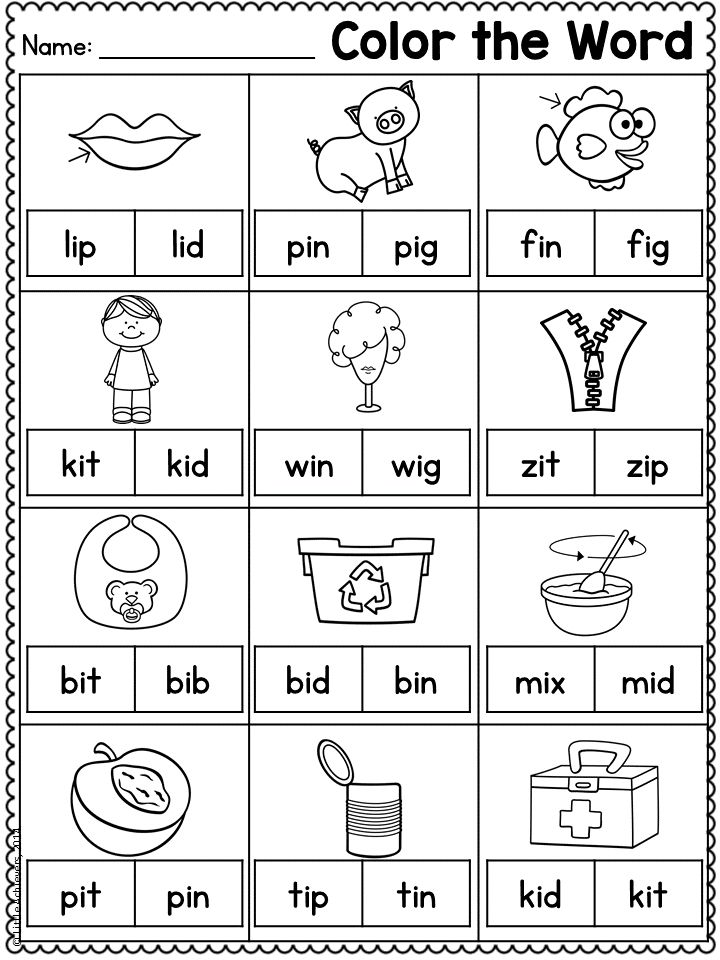
The remaining 6 vowels A, O, U, Y, E and I give the same sounds [A], [O], [U], [S], [E] and [I], with the exception of unstressed O, which gives the sound [A].
Phonetic analysis of consonants
Consonants, in turn, are divided into voiced and voiceless/paired and unpaired .
Voiced and voiceless paired sounds are respectively:
[b] - [p]
[w]-[l]
[g]-[k]
[d]-[t]
[w]-[w]
[h]-[s]
and their soft “analogues” [b' ]-[n'],[v']-[f'], etc.
Voiced unpaired sounds (they are also sonorous): [Y'], hard [L], [M], [N] [R] and soft [L'], [M'], [N'] [ R'].
Deaf unpaired : [X], [X’], [C], [Ch’] and [Sch’].
Consonants can also be hard or soft in words .
According to the general rule of phonetics, before the letters A, O, U, Y, E and Ъ, consonants give hard sounds, except for the letters H, SH and Y they always give soft sounds, regardless of which letter follows them.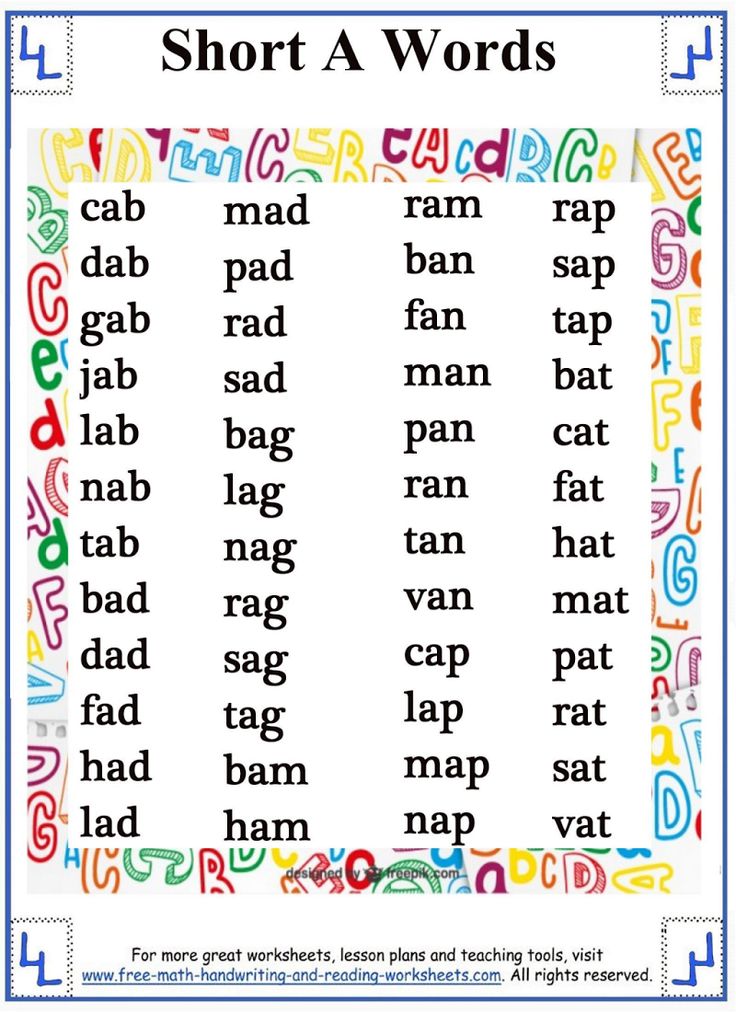
Before I, I, E, Yu, E and L consonants give soft sounds, except for Zh, Sh and C, they always give hard sounds.
We also remember that I, Yo, Yu, E after consonants give the sounds [a], [o], [y], [e] without [Y '].
In some words, E can be heard as [E], without softening the preceding consonant and without adding [Y'], when the previous letter is not a consonant. For example, the word test is heard as [test], cafe [cafe], project [project].
It is also important to know about the phonetic analysis of consonants:
1. A voiced consonant can make a voiceless sound, and vice versa, a voiceless one can make a voiced . If in a word the letter that gives a paired voiced sound is the last one or it is followed by a letter that gives a deaf sound, then the voiced sound is “muffled”, that is, instead of a voiced one, its deaf pair is recorded in the transcription.
For example, the word claws, gives in transcription [kokt'i], ditch in transcription [rof].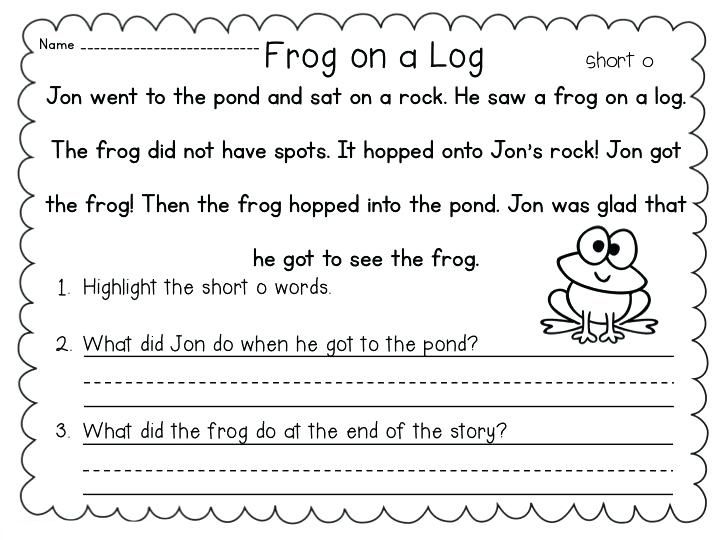
And vice versa. Voiceless consonants before voiced sounds (except [v]) are "voiced", that is, they give voiced sounds. That is, instead of [C], [Z] is heard, instead of T - D, in place of K - G, and so on.
For example, in the phonetic analysis of a word, make a transcription (sound of the word) [z'd'elat']
2. Combinations of consonant letters can give other sounds. MF, ZCH are pronounced as [Щ]. The combination of TS, TS, DS gives [C]. ChN and ChT in some words can give sounds [SHN] and [SHT].
For example, in the word countable transcription [sh'otny'], learn [student], hint [patskaska], of course [kan'eshna] that [what].
3. Individual consonants in words may NOT produce sounds in some cases.
3.1 When the letters STN and STL follow each other in a word, the consonant [T] is usually not pronounced. For example, lean transcription [sleep], passionate [passionate '], happy [sh'asl'ive '].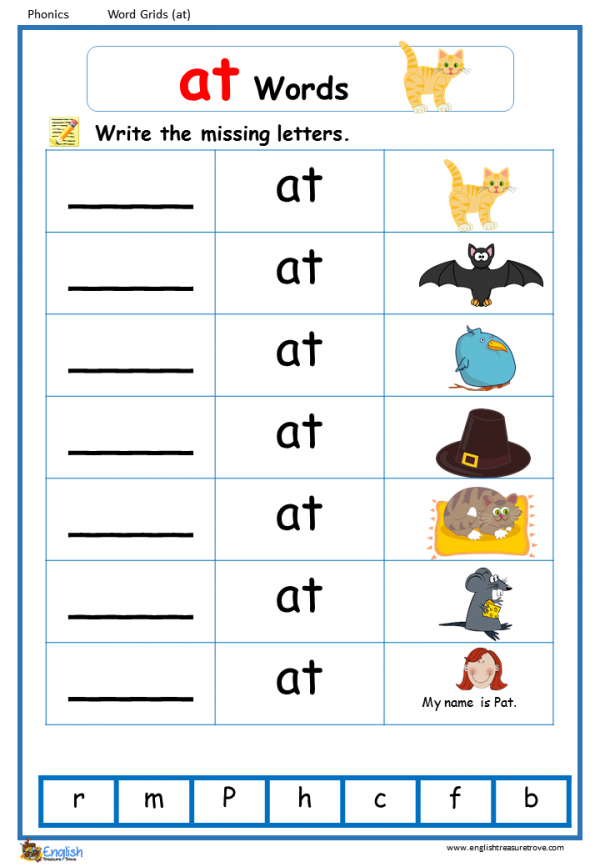
3.2. When the same consonants follow each other. For example, in the word class, transcription [class]. Or, for example, in the word knee transcription [kol'en: y']. HH in this case is marked with a colon in the transcription, which means that the sound is prolonged, that is, it stretches a little when pronouncing.
3.3. Also, in some cases, when two or more consonants follow each other, one of them is not pronounced. For example, in the word rest, transcription [hell: ahnut '], pilot [l'och'ik], sun [sontse], late [know], heart [s'erts: e], sew [shit '], burn [ zhech'].
In practice, problems with phonetic analysis of such cases, as a rule, do not arise, since the disappearance of sounds is naturally heard when pronouncing a word.
How easy is it to remember the phonetic characteristics of consonants?
Remembering the main characteristics of consonants is actually not difficult.
A voiced or deaf sound can be easily identified by sound. Deaf sounds are pronounced as if by “exhalation” or “noise”, it is a little easier to pronounce deaf sounds than voiced ones. Going through the pronunciation of unvoiced and voiced sounds, you will quickly catch the difference and learn how to easily distinguish them.
Deaf sounds are pronounced as if by “exhalation” or “noise”, it is a little easier to pronounce deaf sounds than voiced ones. Going through the pronunciation of unvoiced and voiced sounds, you will quickly catch the difference and learn how to easily distinguish them.
It is also not difficult to remember paired sounds. Only 6 main pairs of sounds, it is quite difficult to confuse them with each other. Moreover, all 6 voiced sounds from pairs are the sounds of the first 6 consonants of the alphabet one after another.
A, B, C, D, E , F, Y, F, G ...
Hardness and softness are in most cases easy to understand by just saying the word. For example, just compare the sound of the letter d in the words house and children.
This is the basic knowledge that is important to learn for phonetic analysis. It remains only to master the analysis itself in practice. Due to the large number of features and exceptions, you are unlikely to be able to immediately parse words without errors, but the more you practice, the better you will get.
Phonetic analysis of words by steps.
1. Write down the word, put the stress.
If you are lost and cannot accurately place the stress, try shifting the stress between syllables and choose the most harmonious option for you. For example, most people from the stress options: milk, milk, milk, of course, will choose the latter, as the most understandable and correct.
2. At the bottom, write down the letters and the sounds they make, each sound on a new line.
If you don't know how to pronounce a word correctly during the sound decomposition step, write down the sounds as you hear them, relying on your own pronunciation of the particular word.
3. Mark the vowels, mark the stressed and unstressed.
Vowels are simpler, so we describe them first of all, so as not to be distracted later when analyzing consonants. Frequent errors are associated with unstressed vowels I, E after consonants, which give the sound [I], as well as with unstressed O, which gives the sound [A].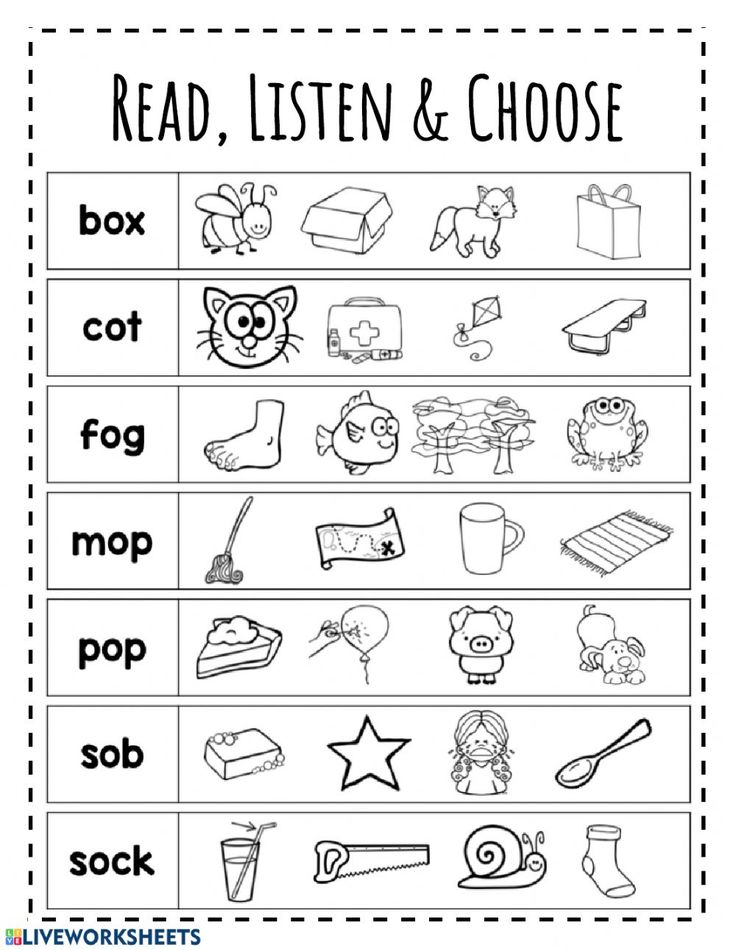
4. Mark the remaining consonants, indicate whether they are voiced or voiceless, paired or unpaired, hard or soft.
If you have forgotten what voiced and unvoiced sounds are, then try to intuitively understand whether a voiced sound or a deaf sound is pronounced. Try to pick up a pair on your own, remember the first 6 consonants of the alphabet, if a paired sound does not come to mind, then most likely the sound is unpaired. Hardness or softness can also be clearly distinguished by pronunciation, even without remembering the rules.
5. Count the total number of sounds and letters.
There may be less, more or as many sounds as there are letters in a word. Be careful at the final stage of phonetic analysis!
Phonetic analysis, using the word CALLS as an example
1. Write down the word, put the stress
calls (the emphasis on the second syllable is correct)
giving sound [A])
s [s]
in [v]
o [a]
n [n ']
and [i]
t [t]
3.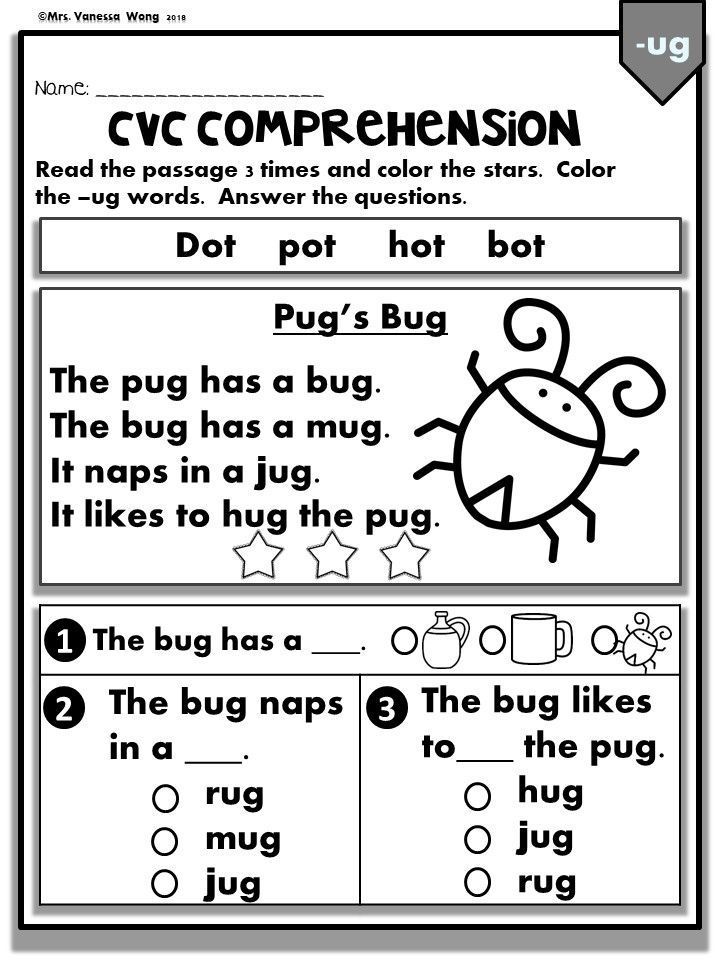 We note vowels, stressed and unstressed.
We note vowels, stressed and unstressed.
calls
s [s]
in [c]
o [a] vowel, unstressed
n [n ']
and [and] vowel, stressed
t [t]
paired and unpaired, hard and soft.
ringing
s [z] consonant, voiced double, hard
in [c] consonant, voiced double, hard
o [a] vowel, unstressed
n [n '] consonant, voiced unpaired, soft
and [and] vowel, stressed
t [t] consonant, deaf double, hard
, hard
o [a] vowel, unstressed
n [n '] consonant, voiced unpaired, soft
and [and] vowel, stressed
t [t] consonant, deaf double, hard
6 letters, 6 sounds.
More examples of analysis by links: language, Russian, class, day, sun, pike, run, lunch, scheme, bottom, leaves, leaves, sound, hook, autumn, seagull, pike, key, night, tears, age, eat, ate, honor, spruce, ring, apple, blizzard, trees, dew, ears, tree, literally, lives, fields, suddenly, south, friends, five, sentences, smile, family, happiness, transcription, hedgehog, berry, heard, rain, earth, frost, idleness, anchor, sing, sing, bright, ball, tea, letter, rules, lighthouse, singer, forest, sings, forehead, birch, entrance, highlights, pit, white, cradle, highlight, frost, table, full, lump, luggage, former, whirligig, hedgehog, taxi, gun, hares, hare, cup, produce, look, work, eyelids, light, sounds, bold, streams, friend, snow, soft, holiday, how, what, flower, pattern, clear, announce, lesson, consonants, wind, school, bear, flows, circus, heart, lei, loach, time, water, standing, stands, stood, mushroom, lil, pours, do, big, syllables, birdlike, tasks, sparrows, memo, beats, sparrows, be reg, will, by, notebook, found, topic, close, mouse, ate, people, very, vowels, text, answer, october, gouache, yellow, late, lived, live, lived, lived, live, color, kalach, finch, find, fair, stars, skates, eye, oak, again, black, black, water, white, only, analysis, skirt, line, honey, glide, children, maple, announcement, autumn, letter, go, walked, beat, fox, fox, wings, sad, squirrel, squirrel, analysis, control, spring, forest, edges, eat, carrots, computer, rules, discussed, stand, standing, stood, Russian, cast, syntactic, alley, what, consciousness, birch, river, book, russia, syllable, saw, consonants, steppe, love
Be sure to work out the proposed algorithm in practice.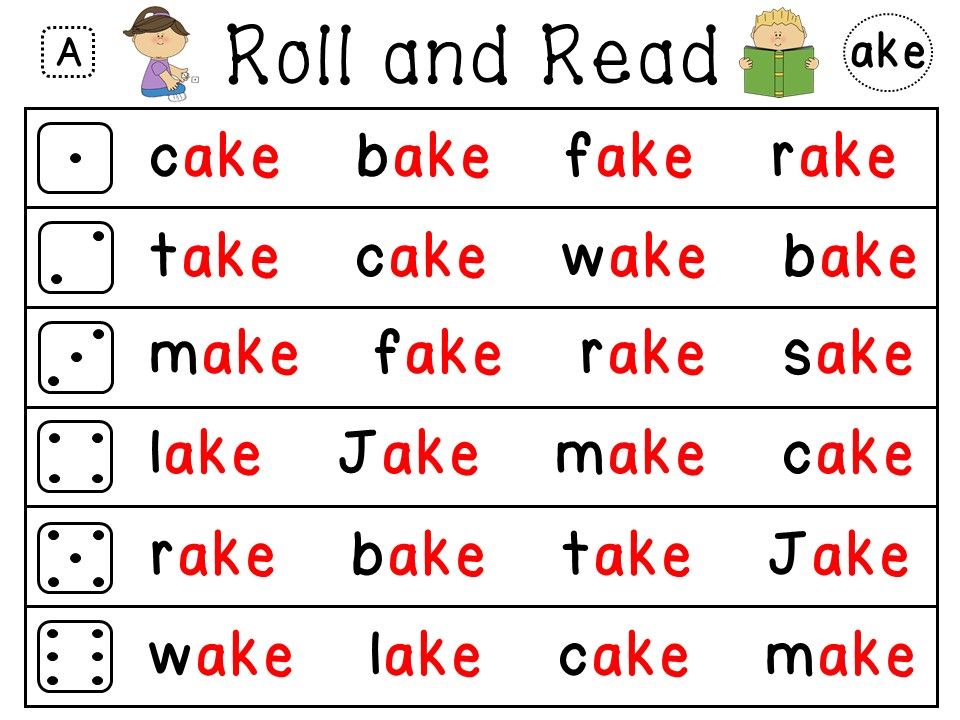 For a good assimilation of the skill of phonetic analysis of words, it is recommended to independently analyze at least 10 words of different lengths and structures. At the same time, we recommend doing this at the initial stages, having at hand the parsing rules described above.
For a good assimilation of the skill of phonetic analysis of words, it is recommended to independently analyze at least 10 words of different lengths and structures. At the same time, we recommend doing this at the initial stages, having at hand the parsing rules described above.
Knowing the rules that we have outlined, and having studied the examples in our online phonetic parsing service, you will quickly learn how to do it yourself without errors with a minimum number of errors.
Good luck with phonetic analysis!
e-mail or login in Telegram or Skype. And it begins: “Es is like a dollar”, “U is like a Russian U”, “Ash looks like a high chair”.
After a couple of minutes of such an explanation, the majority says: "To hell with it, I'll send it in Messenger / SMS."
Just imagine having to spell a complex username like "viewspymax" on your phone.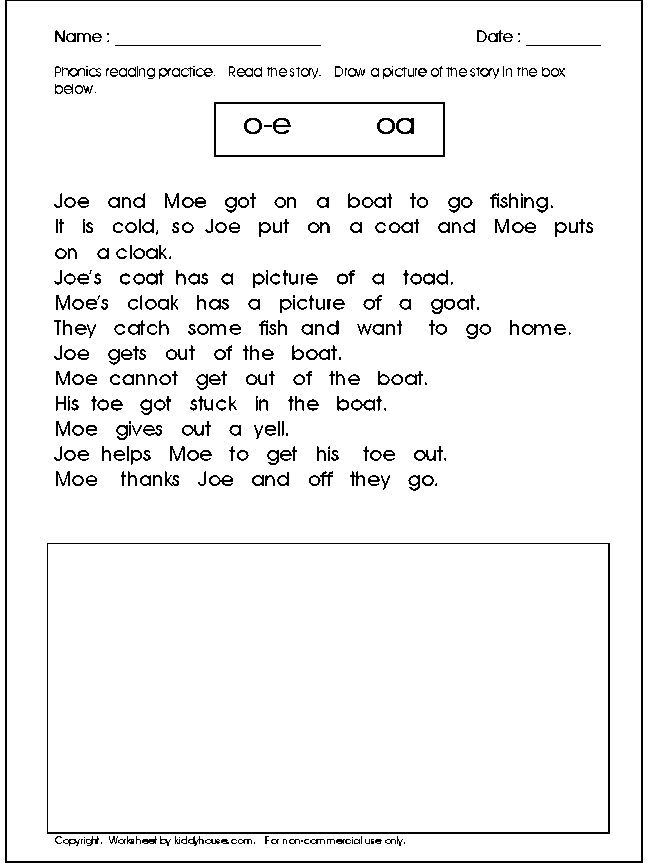
But if now there is an opportunity not to bother and send an SMS or text message in a messenger, then a few decades ago, radio communication was the only means of communication for some professions.
Historical background: prerequisites for the creation of the phonetic alphabet
The invention of the telephone at the end of the 19th century and its widespread use ushered in a new era in human communication. After all, the phone allowed you to talk with a person who is hundreds of kilometers away.
Unlike the telegraph and letters, the telephone transmitted a live voice without loss of speed in communication.
But a problem arose immediately in the process of installing telephones in large European cities.
It was difficult to transmit street names, surnames or individual letter codes using the phone. Letters similar in sound are hard to hear, you can easily confuse the information. For example, the surname Dell easily turns into Bell.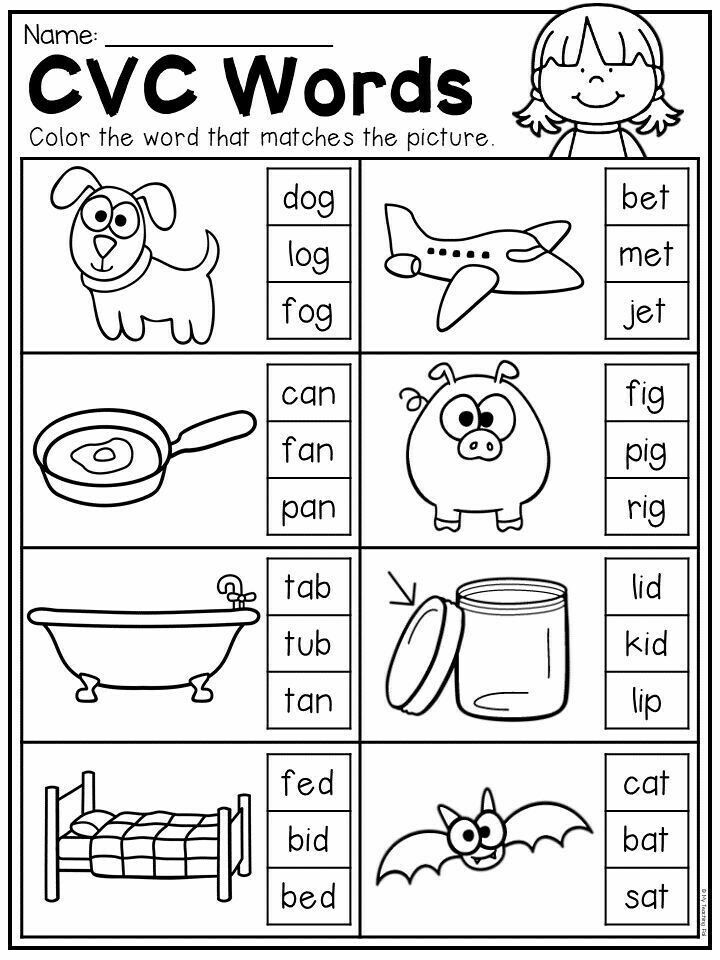
There is no such problem in telegraph communication, because all messages are transmitted letter by letter.
The problem became especially acute during the First World War, because telephone communication was already actively used not only in headquarters, but also directly in war zones.
An error in military reports could be too costly, so the British signalers used their own code language, which is the prototype of the modern phonetic alphabet.
A reference word was selected for each individual letter. For example, A - ack, B - beer.As a result, the letter code turned into a set of several separate words.
For example, "BAC-42" would be "Beer, ack, Charley, forty two". A little longer, but the probability of an error when listening decreases tenfold.
A similar system was widely used in all European languages, including Russian.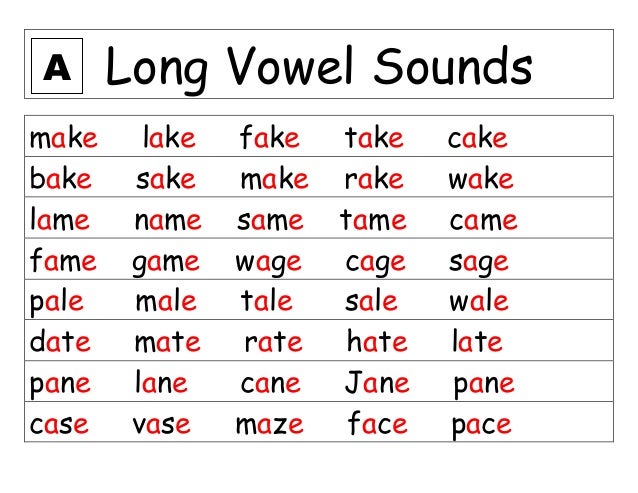 During the First World War, she showed herself from the excellent side - errors in telephone reports were recorded infrequently.
During the First World War, she showed herself from the excellent side - errors in telephone reports were recorded infrequently.
After the war, with the spread of international telephone communication, another problem arose - different marker words settled in different countries. And the pilots of international flights had to ask the controllers for information several times.
Phonetic alphabet in English and Russian
A single variation of the phonetic alphabet was approved in 1927. The system was adopted as the official International Civil Aviation Organization and is still used today by pilots and controllers.
An interesting fact. Sometimes there is confusion with the concept of "phonetic alphabet". After all, the system of signs for recording transcription has exactly the same name.
To avoid such situations, the phonetic alphabet as a method of transcription is called the International Phonetic Alphabet, and the unified method of transmitting letters through telephone or radio communication is the ICAO Phonetic Alphabet (the designation NATO Phonetic Alphabet is less commonly used).

Later, the phonetic alphabet was improved several times. The words in it were changed to more convenient ones.
The modern phonetic alphabet was approved in 1956. It is still used today:
When choosing markers, experts were guided by several criteria:
- The word must be included in the vocabulary of three world languages: English, French and Spanish. However, it must have the same pronunciation in all these languages.
- The word must be easy to read and pronounce, and it must also be transmitted and received without problems using telephone or radio communications.
- The chosen word should not have any negative associations and meanings.
In addition to the clarity of pronunciation, the absence of repetitions and identities in syllables among others was also taken into account.
The meaning of the word itself essentially plays a secondary role. Therefore, in the English phonetic alphabet, we see a vinaigrette of female and male names, geographical names, letters of the Greek alphabet, well-known objects and terms.
Therefore, in the English phonetic alphabet, we see a vinaigrette of female and male names, geographical names, letters of the Greek alphabet, well-known objects and terms.
On the other hand, the efficiency of the system is very high. It reduces the number of auditory errors by several orders of magnitude.
Additional features of the phonetic alphabet
In addition to the designations of individual letters using the phonetic alphabet, commands or actions can be transmitted using the so-called alpha codes.
Alpha code is a combination of three letters of the phonetic alphabet. Its value may be publicly known or may vary depending on the operation.
Some of the most famous alpha codes are:
- "Romeo Tango Bravo" - return to base (return to base)
- "Romeo Papa Alfa" - meeting at the base camp (rally at point A)
- "Romeo Mike Victor" - I request a medical helicopter (request medevac)
- "Hotel Alfa" - move in the indicated direction / move (haul ass!)
- "Hotel Echo" - Explosives detected (High Explosives)
During military and reconnaissance operations, the decryption of alpha codes is set right before the start of the mission, which provides another level of secrecy, even if the signal is intercepted by the enemy.
Sometimes alpha codes are used for internal humor on the channel.For example, Bravo Sierra in English is bullshit. And you can guess the meaning of Foxtrot Uniform Charlie Kilo yourself.
But that is not all. After all, with the help of the phonetic alphabet, you can convey the direction.
- North-November
- South - Sierra
- West Whiskey
- East - Echo
If you need, for example, the designation North-West, then everything is simple - November Whiskey. Sounds like a cure for the autumn blues.
The ICAO phonetic alphabet also has a uniform pronunciation of numbers.
Please note that some numbers here are pronounced differently than in real life. There are several reasons, so let's look at examples right away.
- Four - four, but in the alphabet - fower. The thing is that the word has one syllable that begins with a deaf consonant.
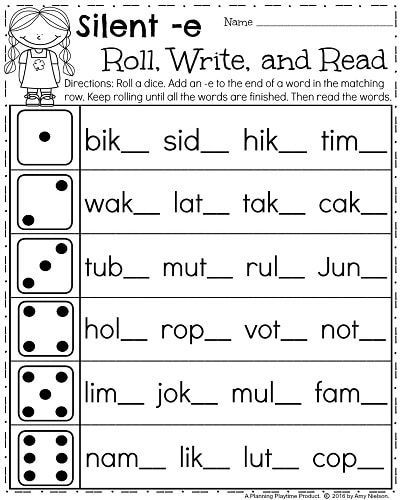 In British English it is pronounced as [ fɔː® ], in American it is [fɔːr ]. Even with slight interference in the signal, the receiver may simply not hear the digit and miss it.
In British English it is pronounced as [ fɔː® ], in American it is [fɔːr ]. Even with slight interference in the signal, the receiver may simply not hear the digit and miss it. - Nine - nine, in the alphabet - niner, with an emphasis on the ending -er. There are several reasons here. First, to have two syllables in the word - this reduces the likelihood that it will be missed by mistake. Secondly, it removes a possible phonetic consonance with the word Mike.
A few words about the Russian phonetic alphabet
The international phonetic alphabet is used for designations in Russian - each English word has a Russian equivalent letter. But between Russian-speaking countries and crews, the Russian phonetic alphabet is used.
As you can see, most markers in Russian are names. This is rather a historical feature, because during the First World War, the Russians also had a telephone message with the front, and names were considered the most convenient for coding - they were heard by everyone and therefore were well received when transmitting information.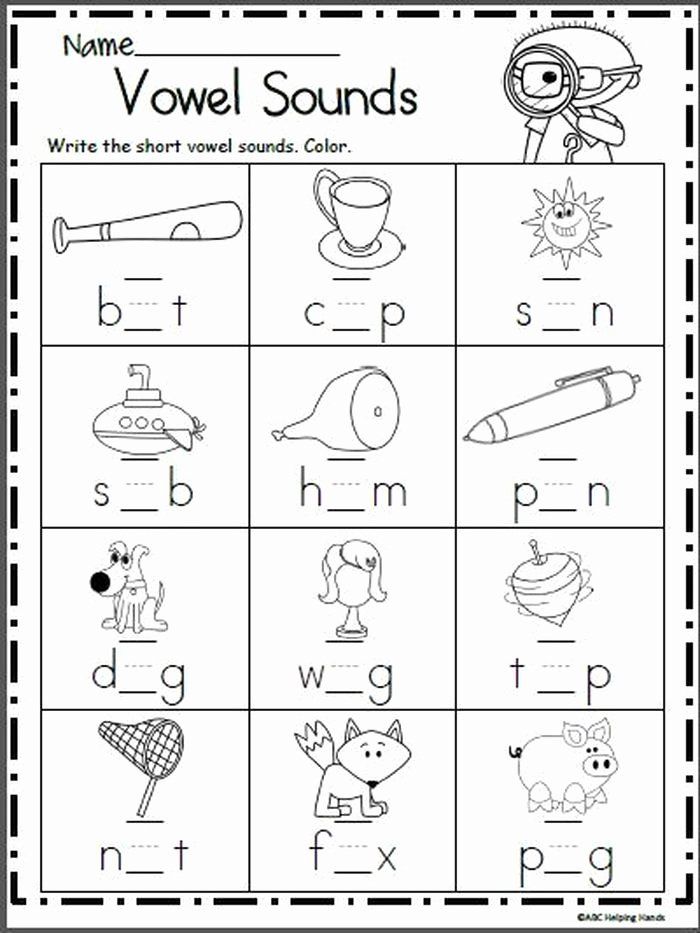
After the unification of the ICAO phonetic alphabet, the Russian version continues to be widely used in the navy and aviation, both civil and military.
True, if you explain something using the phonetic alphabet to a person who hears about it for the first time, then it can turn out even longer than "S is like a dollar."
To make things as easy as possible, just explain each letter. For example, you give the name "Mkrtchyan" over the phone. In order for the interlocutor to understand everything the first time, you need to say: “M as Mikhail, K as Konstantin, R as Roman, T as Tatyana, H as a Man, I as Yakov, N as Nikolai” .
If everything is correct, only Mkrtchyan smiles in the world.
The phonetic alphabet is a salvation for all sorts of dispatchers (from taxis to aviation), secretaries, entrepreneurs and law enforcement officers. In general, for all those for whom a walkie-talkie or telephone is the main working communication tool.